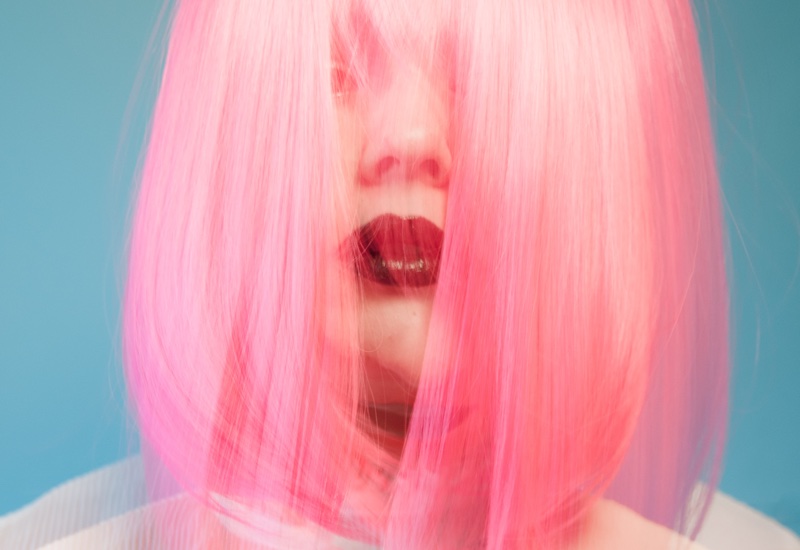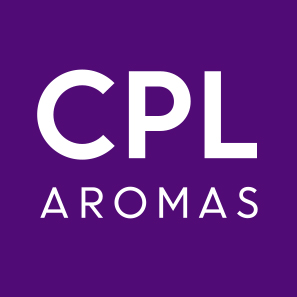Following a long period of imposed seclusion, it stands to reason that consumers, once legally allowed, will waste no time in popping on their glad rags and heading out to enjoy a good time.
Or, at least, this is the horse that L’Oréal is backing, if recent comments by outgoing Chief Executive Jean-Paul Agon are anything to go by.
In February, at the group’s investor conference, Agon predicted a new ‘roaring 20s’ era and a ‘fiesta’ for beauty, following on from Covid-19 lockdowns and depressed sales of colour cosmetics and fragrances.
“People will be happy to go out again to socialise,” said Agon. “This will be like the roaring 20s; there will be a fiesta in make-up and in fragrances. Putting on lipstick again will be a symbol of returning to life.”
But how viable are Agon’s predictions? Certainly, the 20th century’s roaring 20s were preceded by not just the 1918 Spanish influenza outbreak, which is believed to have killed around 50 million people globally, but also World War I, responsible for 20 million more fatalities over four years.
“History has taught us that after the last pandemic, people were keen to be out together, partying, celebrating,” says Jenni Middleton, Director of Beauty at trends forecasting firm WGSN.
“It was a brilliant time for fashion and beauty, and we’ve seen this after economic crises, downturns and difficult periods in history.
“We expect to see the same again. After an unprecedented period of upheaval and change – and indeed turmoil – consumers will want to party, to escape into fantasy and look their best.”
One well-known cosmetic historian tells Cosmetics Business that the glamour period synonymous with 1930s’ Hollywood and make-up artist Max Factor likewise followed a disaster, in this case the 1929 crash, while the Dior New Look of the 1950s followed the disaster of World War II and the fashion excesses of the 1980s was a bounce back from the oil crisis of the 1970s.

Going to extremes
So, what will this decade’s bounce back look like when it comes to beauty?

